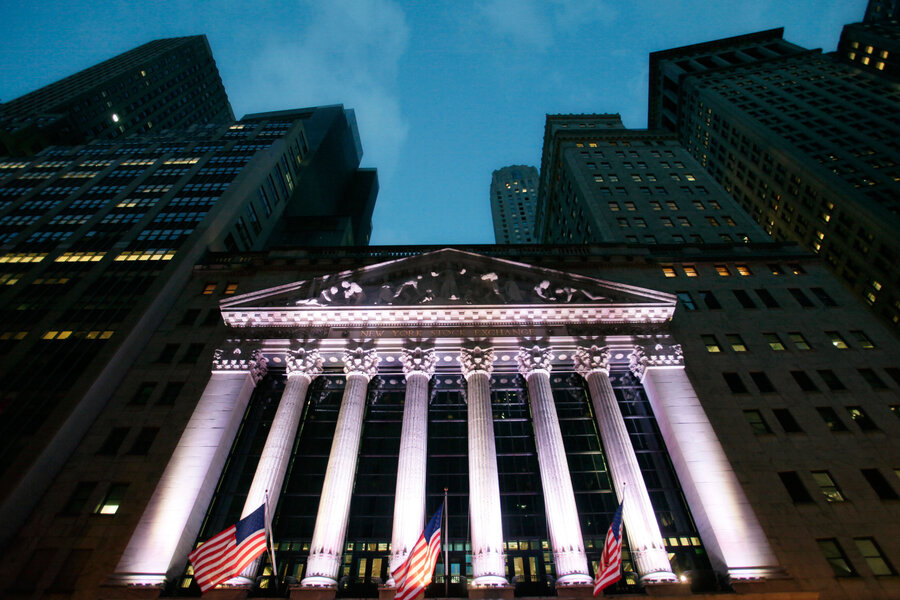May jobs report: Are things as bad as they seem?
Loading...
The US economy is showing signs of slowing after several months of steady growth.
May’s job report from the US Labor Department showed the smallest employment gains since 2010. Nonfarm payrolls only added 38,000 jobs last month, with both construction and manufacturing employment declining sharply. While there could be mitigating factors, such as the Verizon strike (now over) and higher-than-expected employment during the mild winter, economists say the shift could signal slippage in the labor market.
“An extended strike by Verizon employees is thought to have cut 35,000 jobs from the May total ... [which means] the true figure was probably [closer to] 73,000, but that's still below the 100,000 needed to keep the [labor] market tightening,” Chris Williamson, chief economist at Markit, writes in an email to clients.
Although unemployment fell to 4.7 percent in May, the lowest level since November 2007, economists say the shift reflected workers taking themselves out of the job market, rather than an acceleration in hiring.
"This is not a good report, and it may well give Fed officials second thoughts about increasing interest rates again this month or next, as some have suggested lately," Peter Ireland, an economics professor at Boston College, told Reuters.
The Federal Reserve has been keeping an eye on several factors affecting the US economy and chose not to raise rates at its April meeting. Economists say the May jobs report makes the likelihood of a June or July rate hike even smaller.
"A sharp slowing in the pace of hiring in the US, and an all-round gloomy employment report for May, raises serious doubts about whether the Fed will vote to hike interest rates again in the summer,” Markit's Mr. Williamson explains.
Other economists contend that May’s jobs report is merely a sign that the economy is approaching a hiring plateau. After unseasonably warm weather contributed to stronger hiring in February and March, experts say, employment and economic activity may be coming back into closer alignment.
"Employment sometimes lags economic activity, which means the weakening trend in the first five months of this year may simply reflect the sharp slowdown in the economy in the first quarter, exacerbated in April and May by a shift of some seasonal hiring," Chris Low, chief economist at FTN Financial in New York, told Reuters.
In fact, while some economists see the slowdown in hiring as a worrisome surprise, others caution against panic.
"So is the economy suddenly plummeting into recession? Er… no. GDP growth has clearly accelerated in the second quarter and all the other labour market indicators remain at healthy levels," writes Paul Ashworth, chief US economist at Capital Economics. "Nevertheless, it could be enough to prompt the Fed to delay the next rate hike until September."
The hiring dip was felt across most major industries. The private sector added only 25,000 jobs in May, while the other 13,000 came from government). Within the private sector, manufacturing and construction payrolls fell by 10,000 and 15,000 jobs, respectively. After shedding jobs in April, retail added 11,400 jobs.
Material from Reuters was used in this report.






